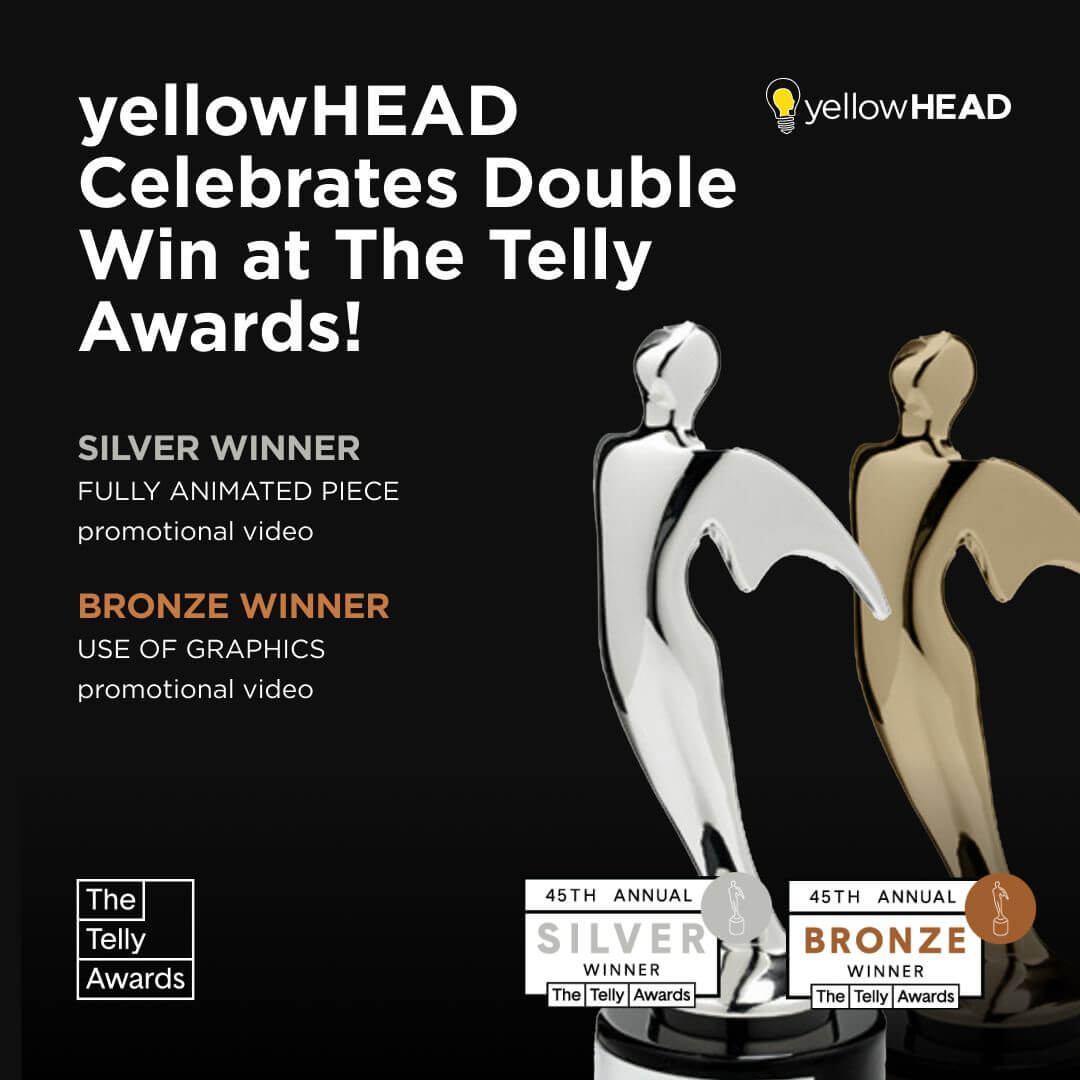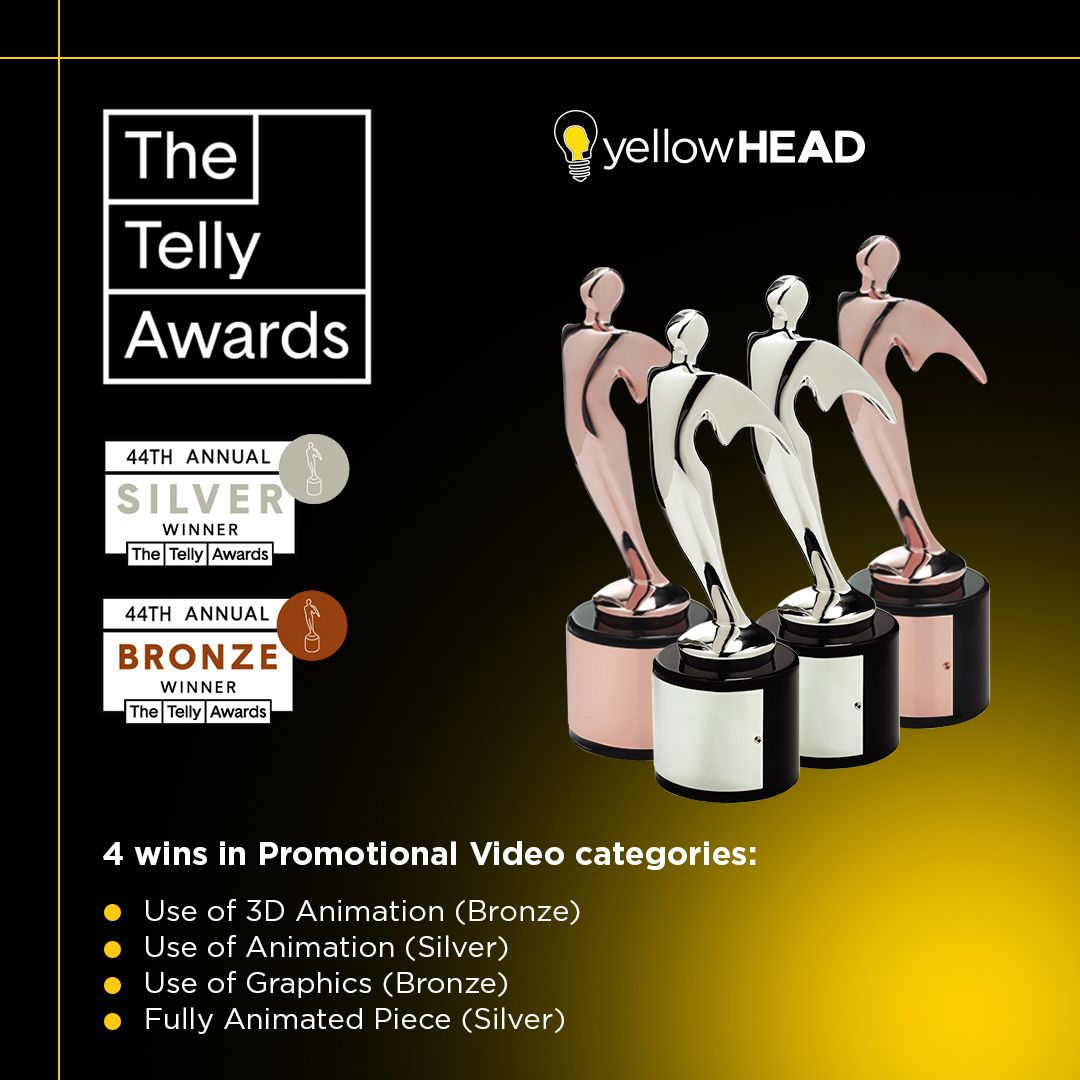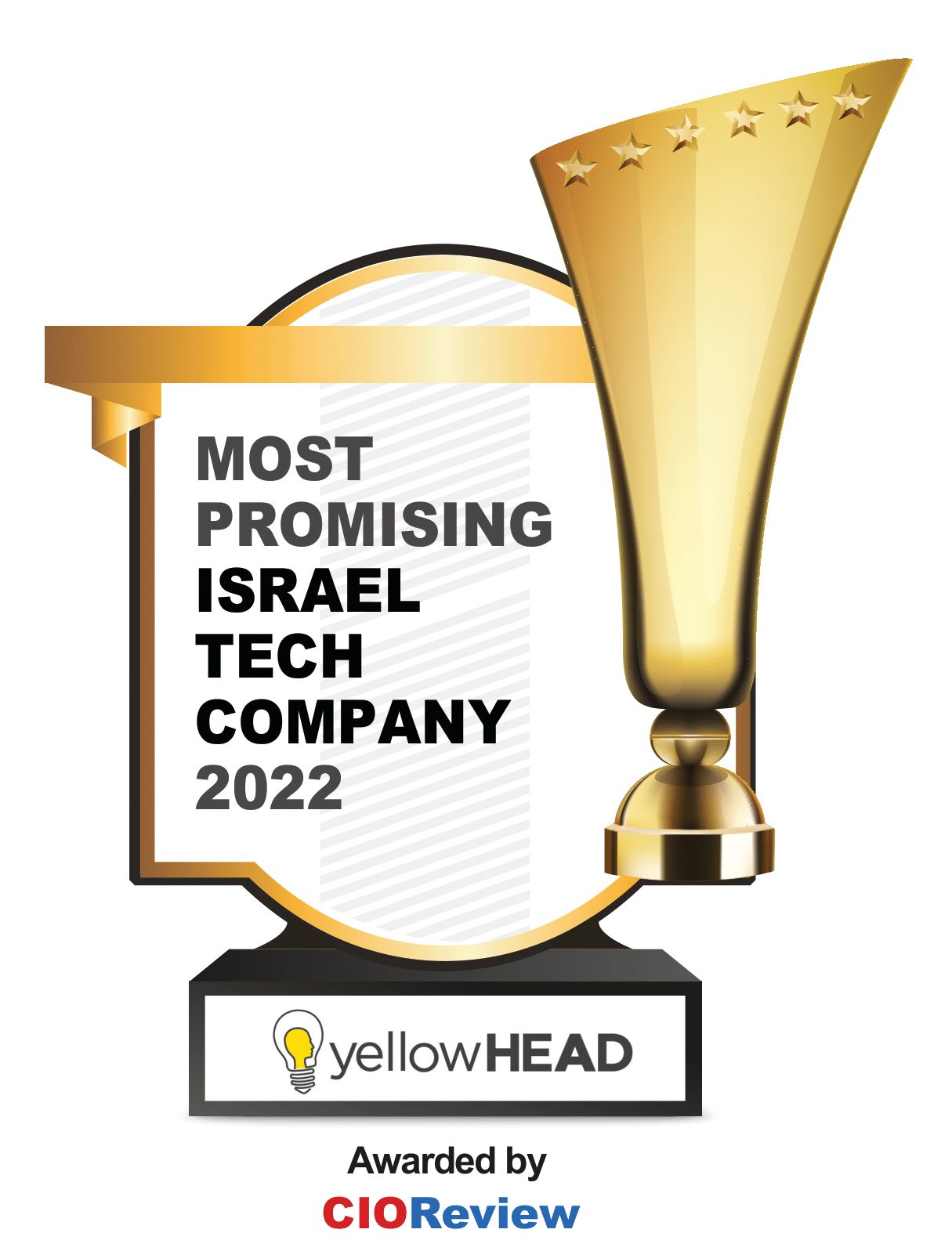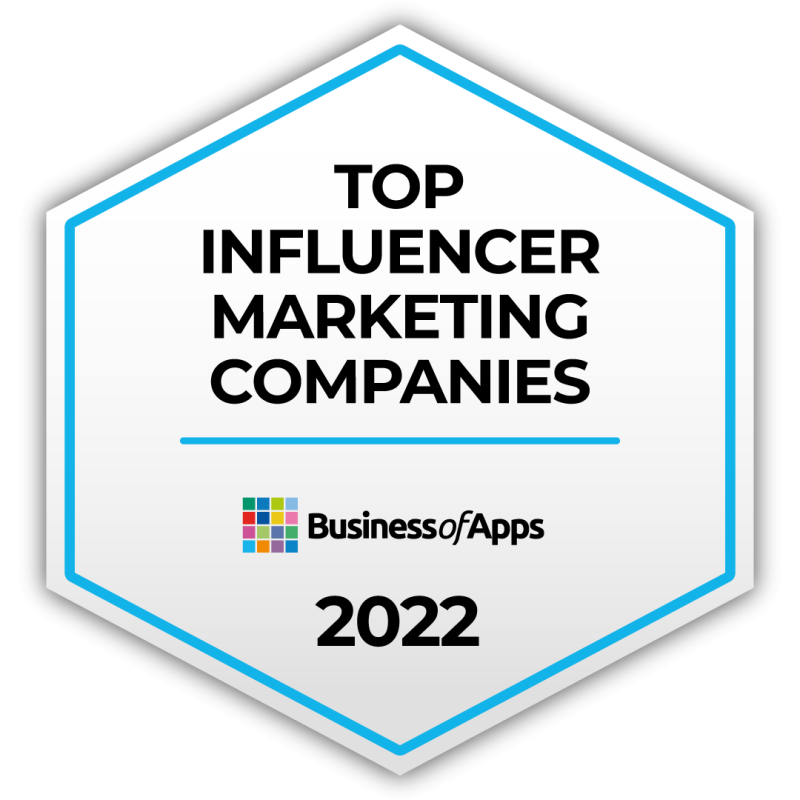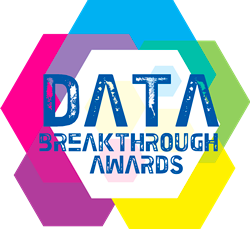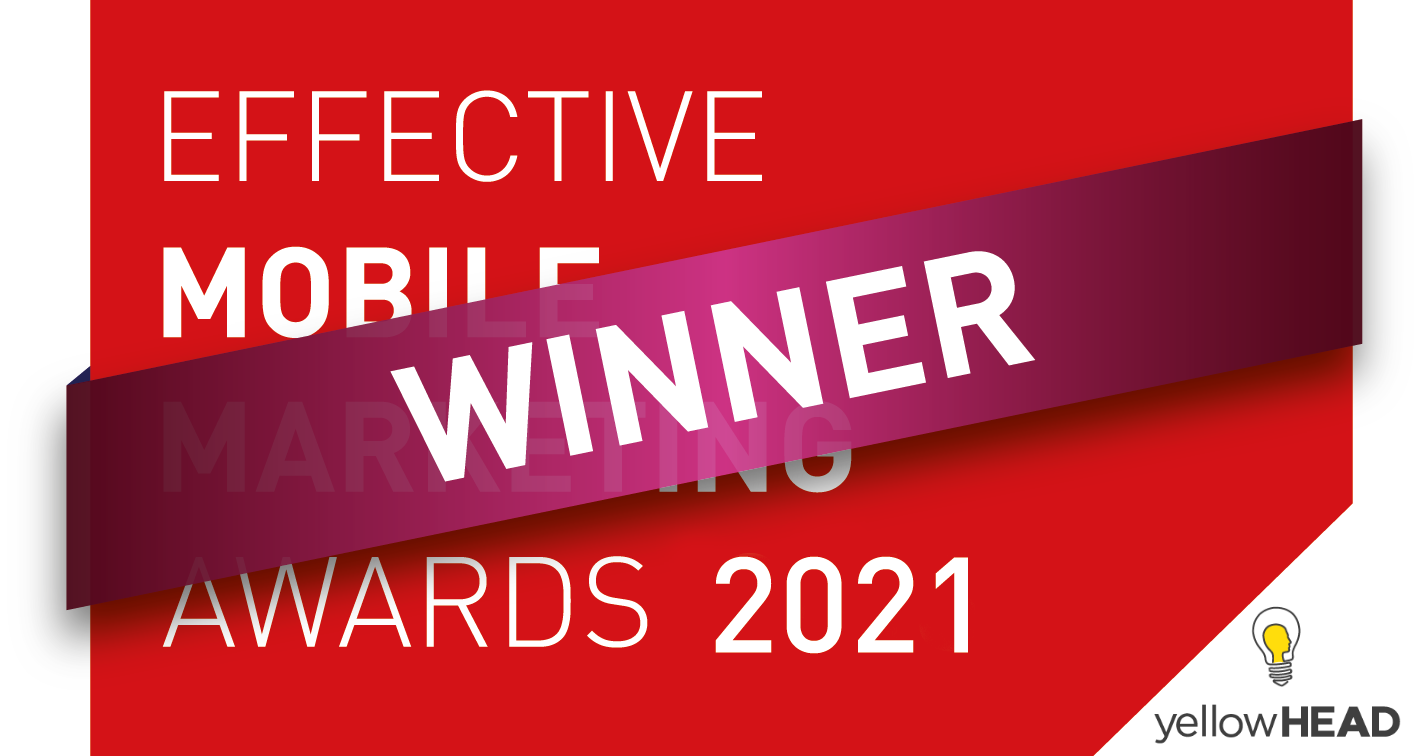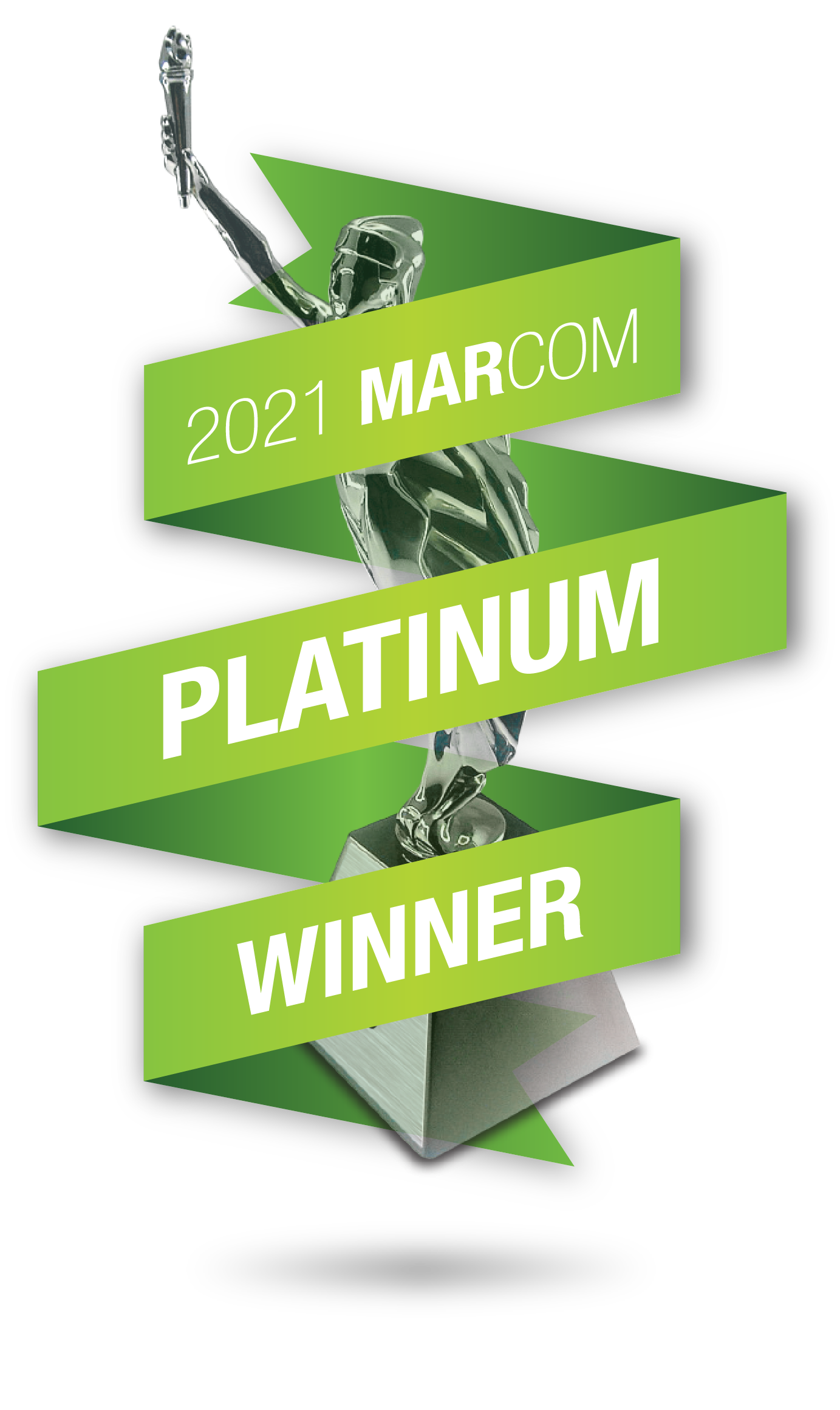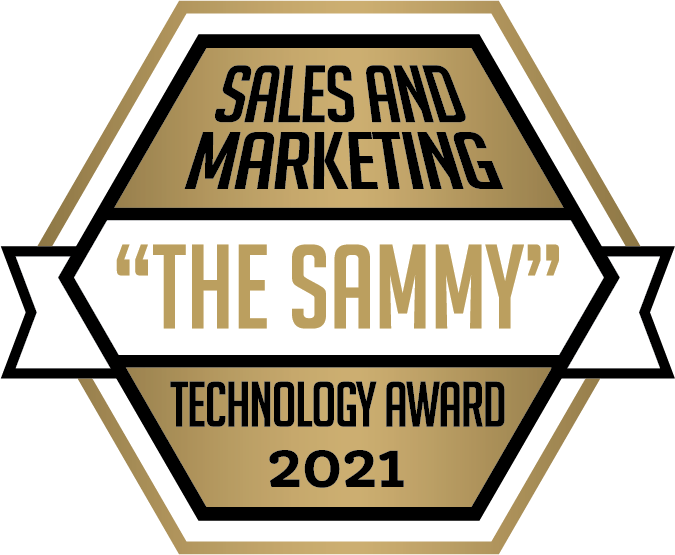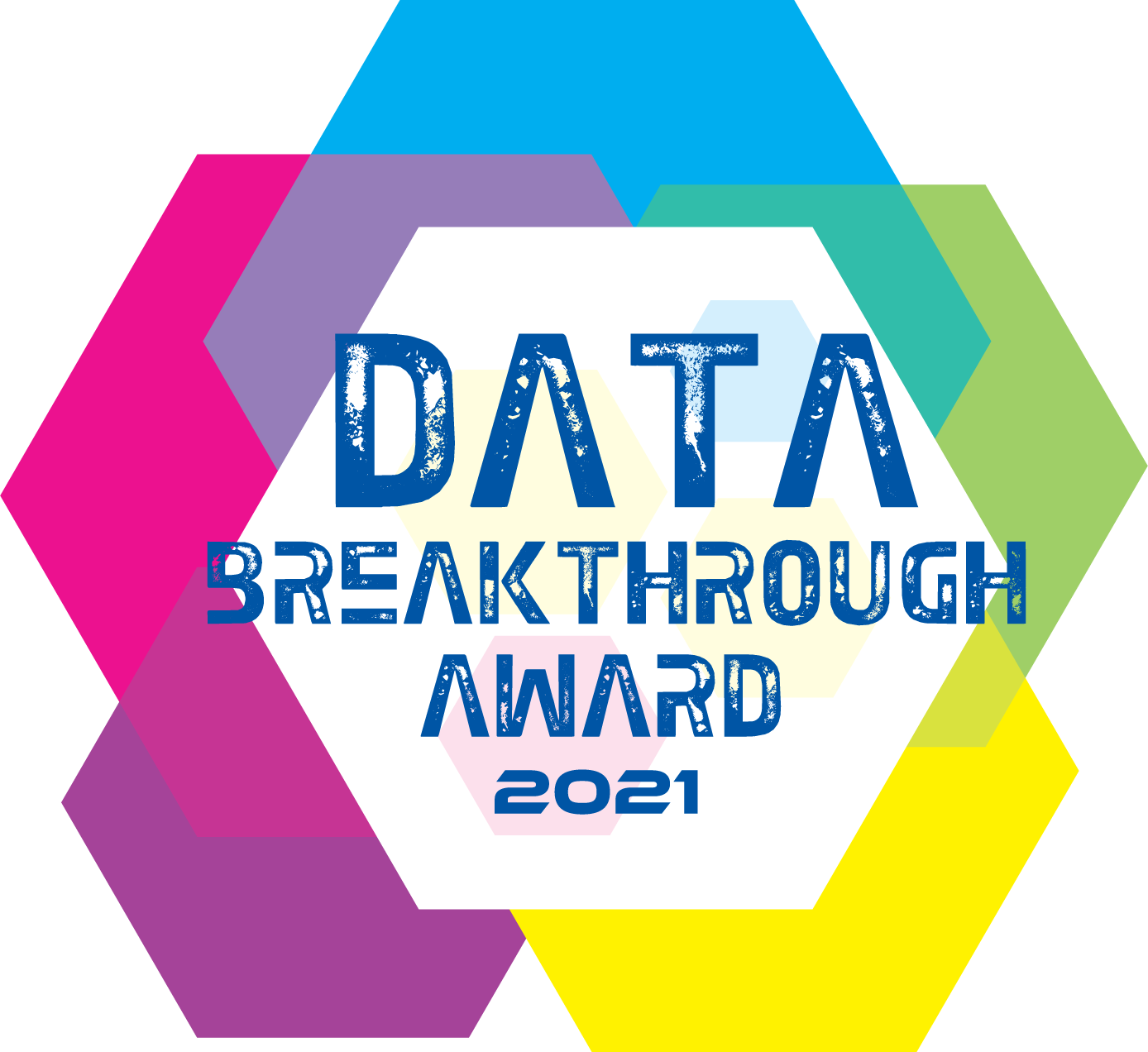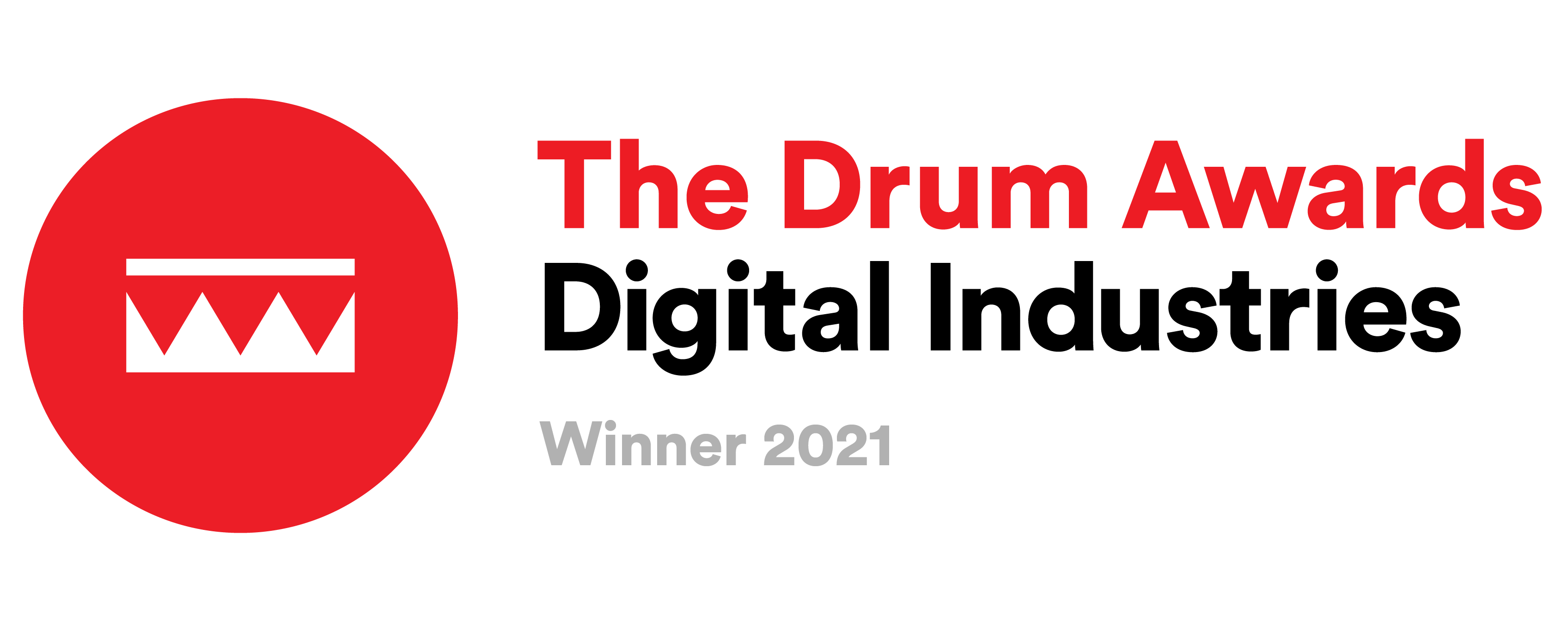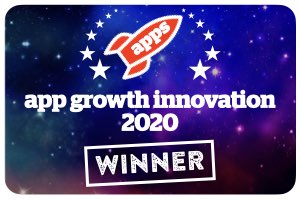Cinemagraphs: Using Them to Make an Impact (With Examples)
If you’ve ever found yourself captivated by the mystique of a seemingly-still photo that somehow appears to be moving, then you’ll attest to the magical intrigue that is created by a cinemagraph. Learn what they are and why they’ve become an essential part of the marketing mix for many businesses.
What Exactly is a Cinemagraph?
A cinemagraph is a still image with elements that move continuously in a loop. The moving element is typically subtle, as not to detract from the stillness of the picture. When executed properly, this combination brings photos to life and dazzles the viewers.
How Do Cinemagraphs Work?
Cinemagraphs work by fusing together video and photography. When blended seamlessly, the viewer’s mind wonders if the impression they are looking at is a photo or a video.
The element that really captivates the viewer is the short loop which plays continuously. Since the loop is fully integrated in the frame, with no distinguishable beginning or end, it grabs the viewer’s attention, engaging them with the content for longer than with a regular photo.
In the past, creating a decent cinemagraph required a skilled designer proficient in animation software; however, with the advent of user-friendly apps, cinemagraphs can now be made by just about anyone.
Why Use Cinemagraphs in Social Media Advertising
The concept of cinemagraphs originated from the world of fashion photography in New York. With the intended impact to spark curiosity within the fashion community, advertisers quickly caught on to this successful trend and realized the potential of cinemagraphs in social media marketing.
If cinemagraphs have not been part of your marketing plan until now, here are 10 great reasons to try them out.
- Get a point across quickly. On social media, brands are fighting for the user’s attention. Unlike videos, cinemagraphs allow you to present the message quickly and easily without the added effort of unraveling a storyline.
- Apply video insights. If you have already tested a video and know about the top-performing elements, you can use them in a cinemagraph. For example, a specific character or item can be used as the main image for the cinemagraph while the moving loop places emphasis on a particular action the character takes or an item associated with it.
- Cheaper to produce than videos. Since the best practice is to focus on one main message in each ad across any vertical, this result can be achieved without the extra costs of filming, editing, and production.
- Captivating. Nobody expects a still photo to move, so cinemagraphs have an element of surprise and this makes them stand out from all the other still images on the newsfeed. It can be a great way to “stop the scroll”.
- Celebrate special milestones. If your social media plan involves celebrating a milestone, anniversary, or special event, cinemagraphs are an excellent way to add emotion and allow the viewer to relive the moment.
- Bring products to life. Cinemagraphs can make your images feel more realistic. For example, a culinary brand can share a photograph of the chef pouring melted chocolate over a cake. If the moving loop is the motion of the melted chocolate, it creates a tantalizing, mouth-watering moment that can compel users to take a desired action, such as clicking the ad.
- Showcase new features. Cinemagraphs are an excellent way to showcase a new feature or offer a sneak peek of what to expect from the brand. This strategy will increase engagement and strengthen the emotional connection with your audience.
- Sophisticated. Cinemagraphs can give visual content a sophisticated edge when done right. If you are promoting a high-end lifestyle brand, cinemagraphs are a must (see examples).
- Higher CTR. Cinemagraphs tend to generate a much higher CTR than traditional still images, with some case studies showing a 5.6x boost.
- Encourage action. Cinemagraphs can “tickle a user’s brain”, and this light disruption to their train of thought offers time for reflection. If your social media campaign is aimed towards achieving goals, taking action, or going against the grain, this can be a great tool to create the space for that moment.
Tips for Creating the Perfect Cinemagraph
If this is the first time you’re attempting to create a cinemagraph or perhaps giving it a try on your mobile device, bear the following tips in mind.
- Film with a stable tripod or surface.
- Decide which element to highlight as your moving component.
- Select the frame carefully and record your video from this single angle to ensure loop continuity.
- Film for long enough to create the desired loop.
- Choose the type of loop (i.e. bounce or repeat).
The most important thing in a cinemagraph is to have one single element that is looped and continuously animated. It’s easier to create this from video footage than from a still image, though both asset types are ok to use.
Best Cinemagraph Examples
If you’re looking for great cinemagraph ideas, we have selected our favorite examples of how brands successfully used them in their marketing campaigns.
Cinemagraph Example 1: Nordstrom
View this post on Instagram
This is an example of how a cinemagraph ad can (literally) make your social media sparkle. The movement of the shiny sequins keeps our eyes fixated on the garment, which cleverly hints at the attention the skirt will draw when worn. This subtle drawing of parallels is the essence of the power of cinemagraphs.
Cinemagraph Example 2: Netflix
View this post on Instagram
Netflix utilized this cinemagraph in their social media strategy by using the image as a teaser for the second season of Stranger Things. The gradually-changing elements leave viewers anticipating what might come next.
Cinemagraph Example 3: Blix
yellowHEAD created this cinemagraph ad for the innovative Blix meal system and the results were eye-catching and fun! It creatively uses different graphic elements throughout while getting right to the point of what the brand is about.
Cinemagraph Example 4: Sprite
New beats, new kicks, new tricks and a lemon-lime flavoured Sprite are your refreshment. #YourThirstComesFirst pic.twitter.com/Ed3VP7FTpB
— Sprite South Africa (@sprite_za) March 24, 2017
In this image, the focus is on the thirst-quenching moment of drinking a bottle of Sprite. The continuous flow of the drink allows viewers to savor the feeling of refreshment while transfixed on the bottle that never seems to empty.
Cinemagraph Example 5: Gold Fish Casino Slots by SciPlay
At yellowHEAD, our clients get great results from adding cinemagraphs to their social media campaigns. This cinemagraph created for Gold Fish Casino Slots by SciPlay incorporated top-performing elements, as recommended by Alison, and helped them beat ad fatigue.
FAQ: What is the Difference Between a GIF and a Cinemagraph?
Some people mistakenly refer to any type of motion graphic as a GIF or cinemagraphs, using the terms interchangeably. The difference is that a GIF is a type of file extension whereas a cinemagraph is a type of creative.
When we compare the file extensions, cinemagraphs are typically saved in the MP4 file format. That’s because the quality of an image generated from a GIF is far lower and often pixelated due to the restricted amount of colors that can be used when saving or exporting them. An MP4, however, gives a high-quality output and maintains a high level of detail in the image.
Another difference is that while GIFs are generally created by users on social media, cinemagraphs give a more sophisticated look and can portray more profound messaging.
Key Takeaways
Cinemagraphs are a powerful medium that allure users while quickly conveying a message. Combining cinemagraphs into your marketing strategy presents a great opportunity to optimize top-performing elements in your campaign and give still images extra impact. As a marketing tool, they’re cheaper and easier to produce than videos.
Cinemagraphs give style and edge to images, adding a touch of intrigue that keeps audiences engaged.
If your business would like to create powerful, effective cinemagraphs, contact the yellowHEAD Creative Studio.

